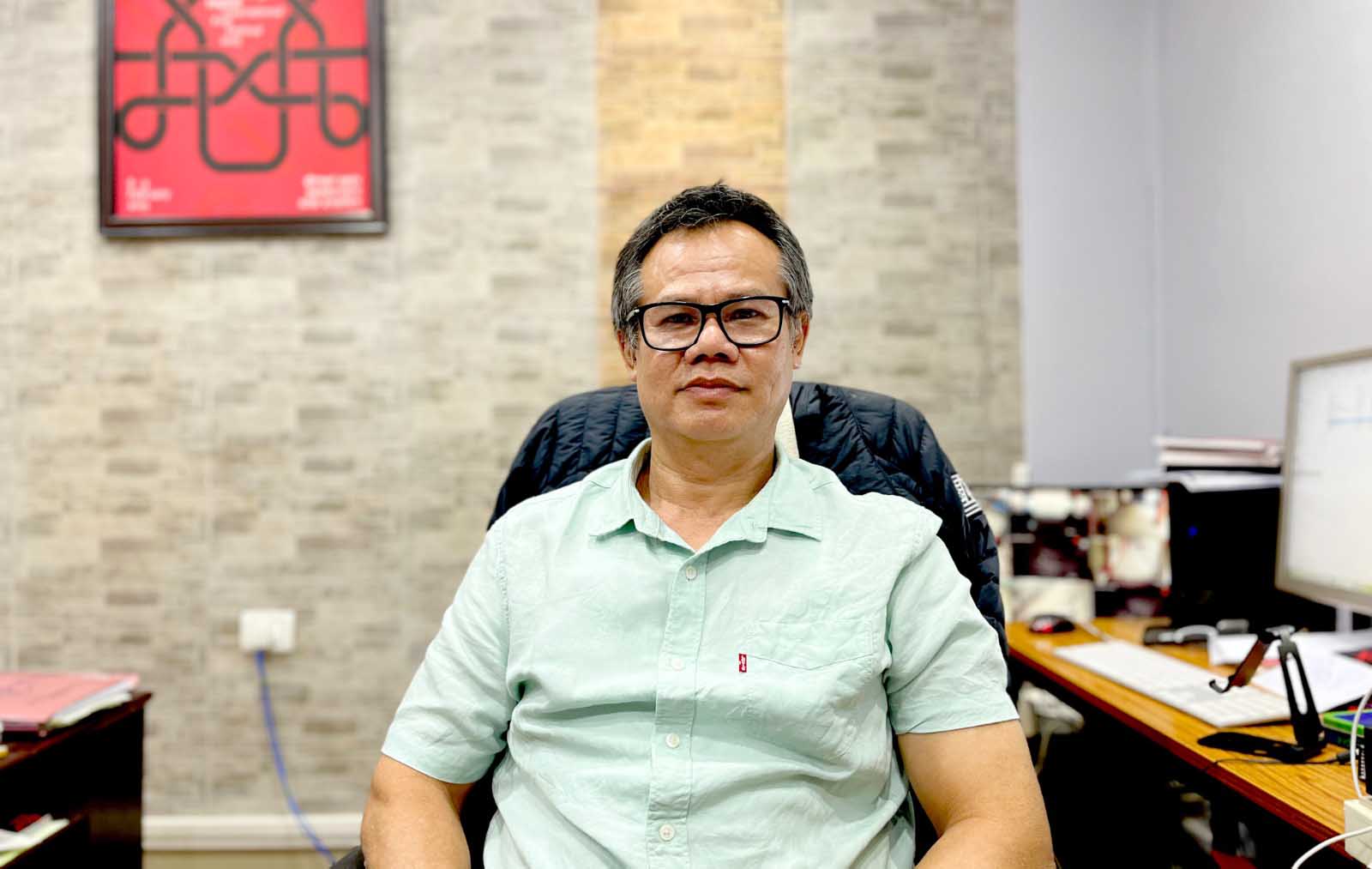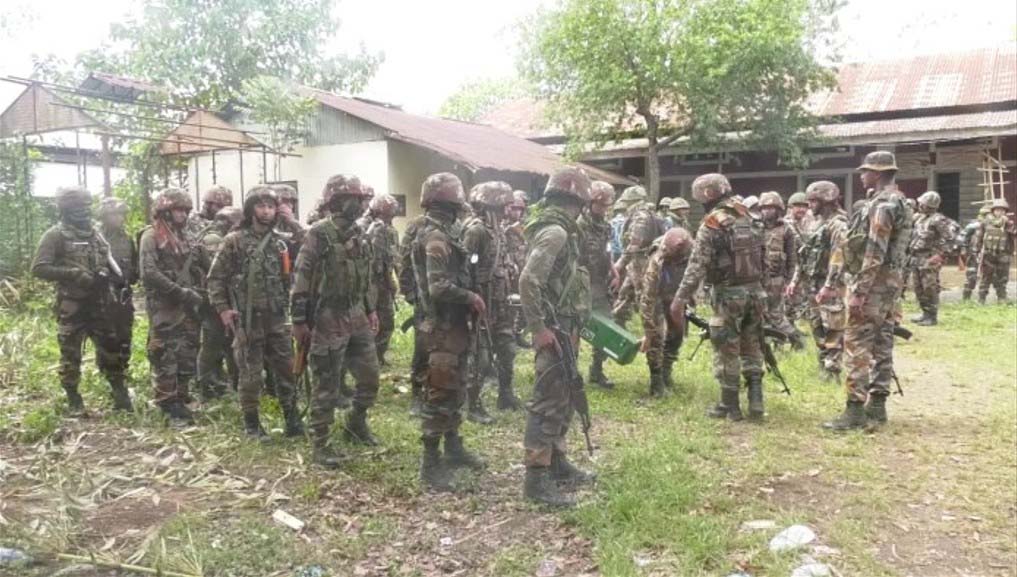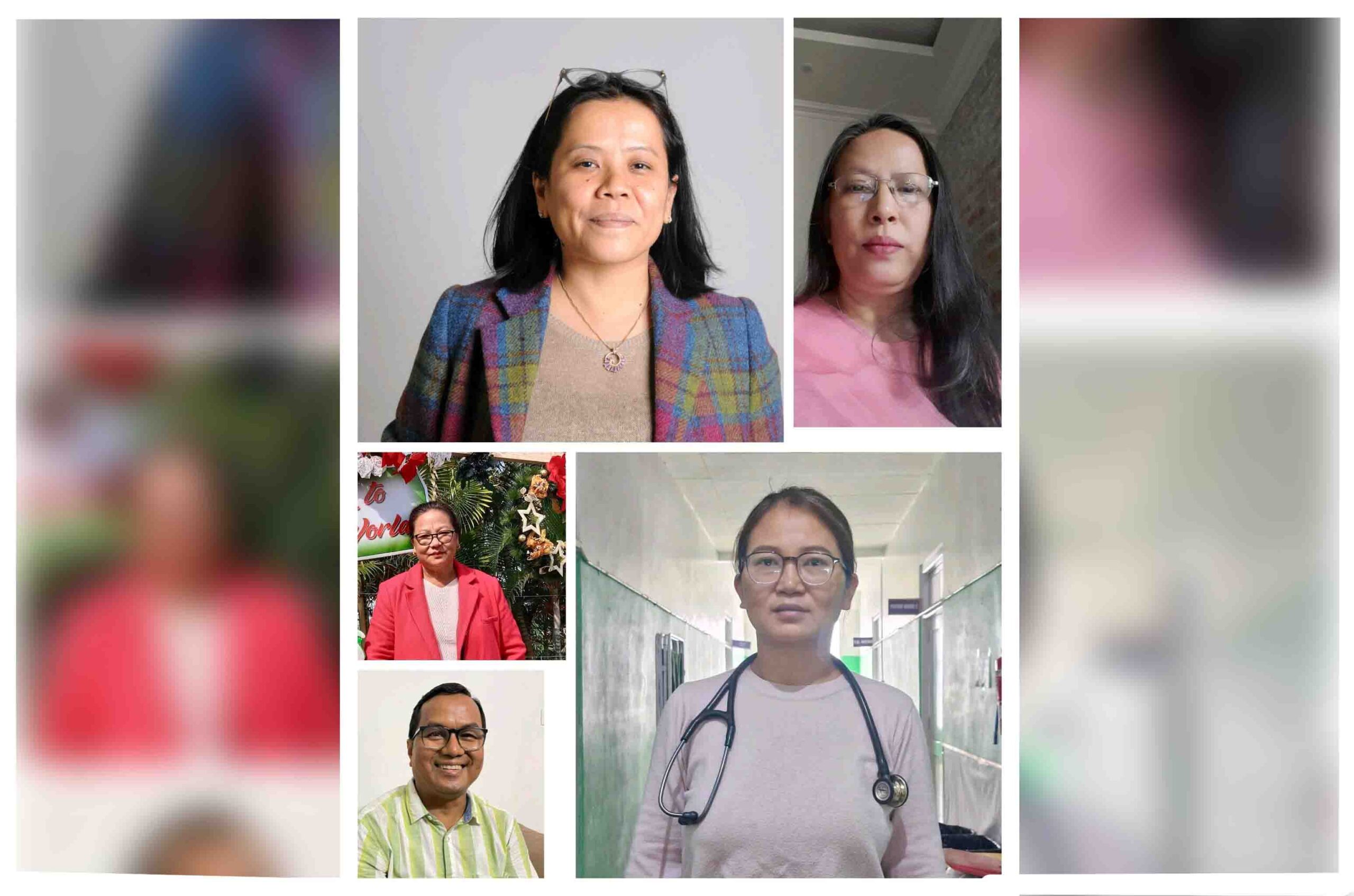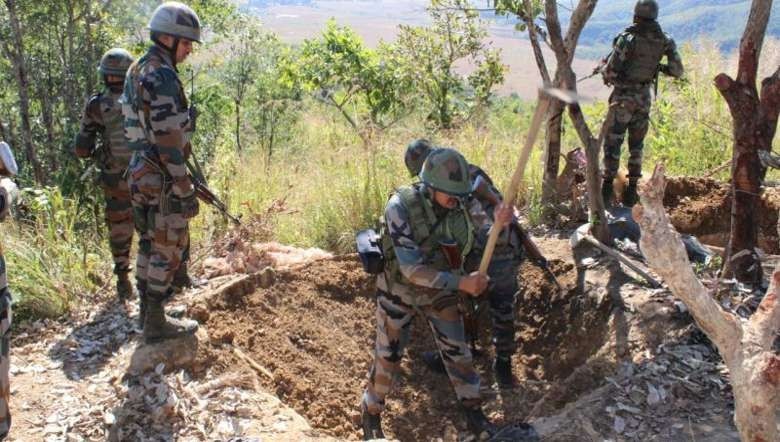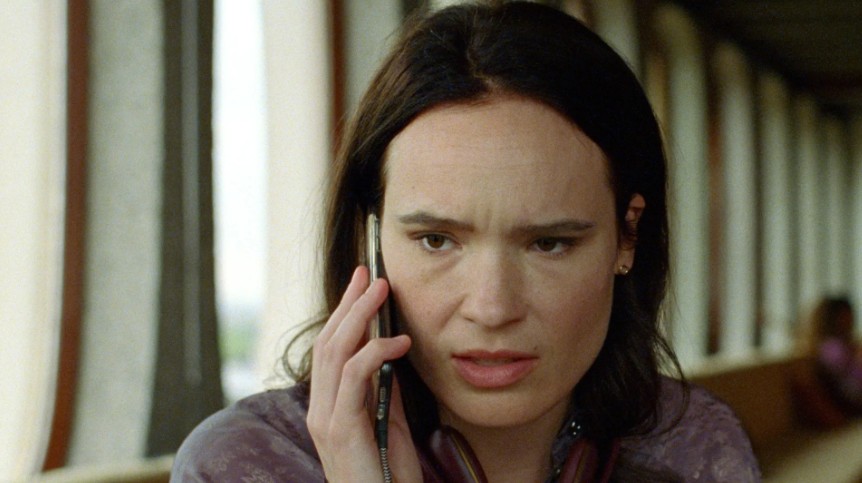The fourth pillar of democracy, which is journalism, has acquired stature in Manipur. The information age has brought news and IT closer to the public, and introduction of mass communication and journalism as an academic course of study in the state’s schools and colleges at this time could take the profession a notch higher. We have here R.K. Lakhi Kant in conversation with Prof. Nongmaithem Sushil Kumar Singh who is teaching Mass Communication at the Guru Jambeshwar University of Science and Technology in Hisar, Haryana, on how the media could be a potent handle for social change and crisis resolution if we invest in academic and communication expertise.
Lakhi Kant: What do you feel are the most urgent challenges to the media in Manipur?
Prof. N Sushil: Society in Manipur is in a critical stage. Whether it’s education, commerce, arts, or law and order, it’s not sure if the society or government is doing enough in these fields. There are issues like the hill-valley divide, Meitei issue on whether Meitei should be a Scheduled Tribe or not, or whether they should speak Hindi or not. These are big social problems.
Prof. N Sushil
There are three factors to be noted here viz., the coordinated effort called for from the society, the elected government and the media. Without them going together the society or government cannot solve problems. The media’s response is crucial in social reform. Media’s not only about entertainment, films, passing time or reading about a few debates. It has the added responsibility to educate and inform. The media’s social agenda is for social direction and to bring in progressive developmental reforms.
Media as a social entity has to be an educated media. A rich person cannot say he’s got the money, have started a newspaper, and hence he represents the media. It has to be a persistent effort and only an educated media will have relevance.
Lakhi Kant: Should full-fledged courses be made available in the schools and colleges? How can the Manipur government help in this?
Prof. N Sushil: Haryana, Punjab, Madhya Pradesh, UP, all have many colleges and universities now for studying mass communication and journalism. It’s high time this wave reached Manipur. Full-fledged courses at schools, colleges and other institutions are required in Manipur now. In context of the overriding social issues in Manipur there should be an onset of studies, research, discussions and a primary role allowed to media educators in aiding the government find solutions to social problems.
Social conflicts are due to lack of communication. Dispute, differences of views and social dualities are manifest now in even a common festival being celebrated on two separate days by different sections of society. Mass communication can find ways on how to deliberate on these issues for a common outcome.
There’s a lot of human and academic resources and lots of media experience in Manipur. This expertise can be adapted to the requirements of future generations through institutional studies. There are a good many journalists employed in the national media like Times of India, The Telegraph, The Statesman, The Hindu and others. The contribution of these journalists in education also is required. Academic and industrial collaboration can be done through institutional study.
Lakhi Kant: The older generation of journalists is mostly self-taught or learnt the trade through apprenticeship. How important is academic studies in journalism? Tell us something about today’s upcoming journalists.
Prof. N Sushil: Media studies were not properly developed earlier almost anywhere in India. The older generation in the media are those who wanted to do something for the society and make passionate sacrifices, with or without the few courses which were available to them.
There’s a gap certainly but it’s not that the present generation does not dedicate their works to society. But also many times journalists want to just get done with the day’s routine work. The elder journalists could contribute to academics as well. There should be proper avenues for that so that the rear guard can tell the younger people the way journalism started initially in these conditions.
There was a 1-2 years diploma, but there was no bachelor’s course and Phd in journalism. Journalists from the earlier generation with only diplomas can now acquire degrees through open and distance learning (ODL) at various institutes like IGNOU. Many are doing this, in places like New Delhi. Thereafter they are eligible to start teaching under UGC rules and, eventually they may even prove to be better teachers because of their professional expertise gained over years.
There are lots of such academicians from Manipur and Northeast and if the colleges and universities in Manipur start offering MA and Phd the contribution attributed to them will be immense. People with 20-30 years of experience can change a lot if a proper syllabus is put at their disposal. We as academicians are doing the same in contributing towards the government and the society.
Lakhi Kant: Social media platform is actually for exchanging photos and notes with family and friends. How would you explain it to your students, whether it is a dependable source of news also?
Prof. N Sushil: When we tweet, it becomes like news. Social media has also evolved into a kind of journalism. But social sites mix news with other topics like comedy, jobs, or fashion. A big problem now all over the world is fake news. The Indian government has even passed a law recently to regulate what can be taken as news. The news format earlier was what we read in the newspaper or heard on the radio. There was something called propaganda also, like during war time, when tactical news was spread for propaganda. Fake news is similar to this. It’s between government to government, media house to media house, or institution to institution.
News by its standing definition means news collected by reporters from the sources, then edited by the editors, and then published. News is a published story. But these days it’s come to mean an unpublished story also. It’s with or without sources, and may or may not go through the reporter, or the editor. This differing route makes it risky, and also the editor’s role is infringed.
TV news is a highly critical agent and the debates and discussions are a new form of news. There’s no editing required, and often we come to know of what a political party is saying, through this form. Earlier editors used to analyse if a news is newsworthy, but now they don’t often get a say; it’s just for the television rating points (TRP) that a news may be passed off. There’s a lot of unedited text or videos on social media and they now hold the potential for news. At the same time, media scholars should be consulted by the government in deciding what regulations could be the dividing line between what is news and what not.
Lakhi Kant: What’s a good way to package news in local conditions?
Prof. N Sushil: For any government the first priority is their own state. In Delhi, the Hindi dailies Dainik Jagran and Dainik Bhaskar had their local editions with localised news. For instance, in Manipur also it could be a Thoubal or Imphal West edition. The stories related to those districts only would be published in these editions, and there would be a marketing strategy to increase the readership.
These two Hindi newspapers began with coupons to their readers for a weekly or monthly lottery floated by them and the winners could get gifts. This inculcated a habit of reading and reader confidence as a result of the marketing strategy. Discussion forums can be started by newspapers carrying questions for exams, IAS guide and hints, MPSC preparation questions or GK questions in different, exclusive sections for youth, children and women.
Even the government could refer to the local editions to decide what areas need attention in particular districts. Newspapers can also promote readers clubs, social work, and publicity and advertisement to increase readership. There’s no end to possibilities and news houses could do it both for generating interest and as a marketing plan, at the same time increasing social consciousness in the district.
Junior editing could have students editing a particular news as a competition and those who edit well can be included as guest editors. If they show interest and continue, they could also eventually come into journalism and be an asset resulting from such an exercise.
Lakhi Kant: Journalism being a 24X7 job, does your syllabus address mental health concerns that could arise?
Prof. N Sushil: Our course in mass communication includes every situation arising in society. What we call news in journalism is also a kind of communication. Journalism is only one aspect of how we communicate through the media. Otherwise, other aspects of life like health, individual communication, group communication, public communication, and then mass communication is taught here. Our first lesson in communication is “You cannot not communicate”. Health and entertainment is part of it, but communication is the soul of society. The communication system itself is life; how to resolve misunderstanding, how to handle anger, and how to converse with another person is a part of inter and intra personal communication. Everyone has to communicate in society, whether liking or disliking. Name, size, structure, hairstyle, clothing, speaking, or mannerisms are all ways of communicating with society. The good feeling spreads from family, the leikai, to the district, state and the world. We can develop in this way. Communication can improve social conditions, so that problems will be nil in the end, and then we will be a progressive society.
Lakhi Kant: What are the developments, especially during pandemic, that make you pause and think of innovative journalism?
Prof. N Sushil: We can see the virus in text, but have not really seen or know the virus. Best is to follow the SOP for wearing a mask, social distancing and washing hands. But as a journalist the thing to relay is not just the wearing of masks, but to do stories explaining how the virus’ protein enters the human body proteins, how genetic mutation takes place, the chemical action of the amino acids, genetic research, and how the virus multiplies and envelops the respiratory system.
Journalists have to keep the government informed on how to handle the pandemic, form an enlightened scientific domain and encourage a scientific bent of mind in the schools, colleges, among doctors and in research. This is important because a vaccine made today may be ineffective tomorrow as the virus may mutate. Instead teachers, scientists, researchers can study genetic mutation. In developing states like Manipur also a protection mechanism can be researched by teachers, scientists, labs, and students. If it’s possible in the US, it’s possible here also. The only difference is the scientific temperament.
Then there’s the question of governance also. It’s not that we would tell the people directly and they would listen to us. We have to inform, so that the government can campaign with that information. It’s not enough to say that the virus will be here for a while; we have to go to the roots of the virus. The health department in the state has to be encouraged, like the ICMR is getting support from the government at the centre. So there’s no change in the outlook of journalism as such, but we have to perceive the subject matter in a slightly different and informative way.




